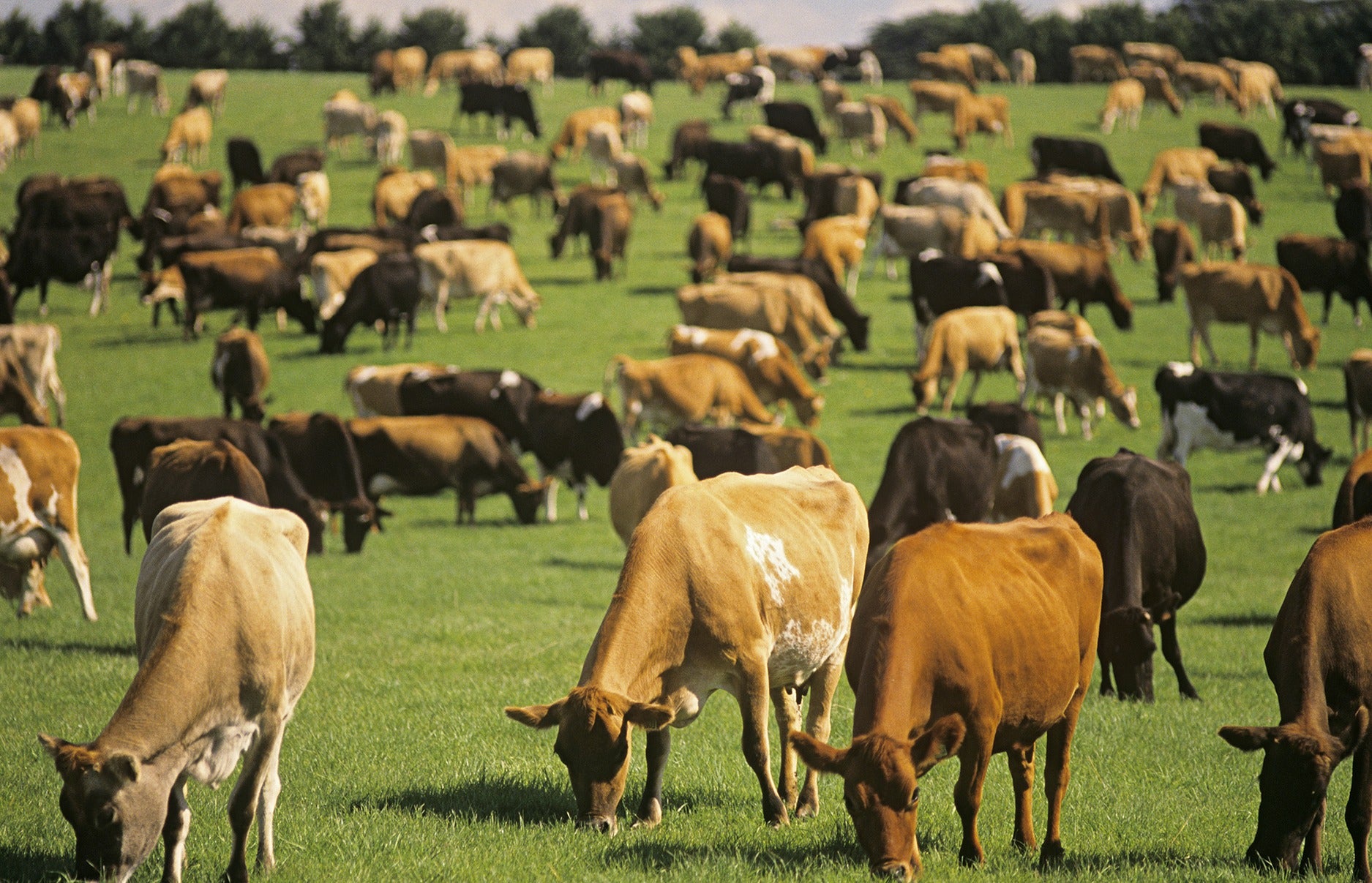0
There are no products in your basket yet
discover our Products
Product is not available in this quantity.


Cows are meant to eat grass, not corn, grains or soy. The natural and bio-available grass pastures should be available to the cows to graze on, which is their natural diet. On the other hand, Organic means the animal was not given hormones, antibiotics or man-made pesticides in its feed.
It is the same for humans. If we eat a wrong diet, we end up with inflammation and disease. The health of our cattle is very important, and we do not wish our cows to be, first unwell, and then treated with antibiotics and hormones.
The dairy intolerance is rising the world over, have we ever tried to probe into the matter as to why? These antibiotics and hormones that are excessively being used to rear the cattle is finding a way into our bodies too, by means of dairy consumption, thus giving rise to a reactive digestive system towards dairy.
The quality of milk changes as per the time of year as the diet of the cows change. Not all cows are given green pastures to graze on. The more cows graze in the fields on grass, the more yellow is the ghee. This ‘yellow’ is the result of an increase of beta-carotene in the butter. This is why dairies began to colour their butter to fool those who remembered the colour of butter from cows fed on growing green grass. We have noticed that there is a sweeter taste to the ghee when there is more grass in their diet.
Organic Farming is subject to:
The world felt a need for a production system that sustains the health of the soils, ecosystems, livestock and environment. The certification bodies were made, with a main purpose of ensuring that farmers combined tradition, innovation and science to benefit the shared environment.
Some Benefits of such Organic and Grass-Fed Meat and Dairy is:
Omega 3s to Omega 6s ratio:
Alpha Linolenic Acid (ALA). And Conjugated Linoleic Acid (CLA):
Alpha Linolenic Acid (ALA) is a powerful antioxidant found naturally in every cell of human body. ALA helps reduce inflammation in the body and safeguards our brain, heart and eye health by reversing the cell damage. It is in the form of Omega-3 that can be converted by our bodies into DHA and EPA, but the conversion rates are very poor. If we eat too many omega-6 fatty acids this will interfere with the successful conversion of ALA into DHA and EPA. This potent antioxidant is found in abundance in grass fed and organic meat and dairy. There is also a special fat found only in grass-fed animals, known as CLA or conjugated linoleic acid. Research had now confirmed that CLA could be one of the most healthful and potent cancer-fighting substances in our diet. It has been proven to block cancer at all the stages, unlike other nutrients which probably work as preventative or only at stage one.
Higher Amounts of Butyrate and Vitamin A, D, E & K2:
Dairy and meat from grass-fed animals is typically higher in vitamin A & E, than meat and dairy from grain-fed livestock. Grass contains a lot of phytonutrients, one of which is beta-carotene, a precursor of Vitamin A. Studies has also shown that butter of pastured cow’s milk has significantly higher proportion of fat-soluble vitamins as D, E and K2. Butyrate or Butyric acid is a short-chain fatty acid (SCFA) that our gut bacteria consume to grow and improve our gut health. Butyrate is readily available in grass-fed Ghee and is super easy to absorb. It does not need digestive enzymes or bile production to work. Butyrate or Butyric acid is known to heal the gut.
Decreased Environmental Burden:
Organic Farming actually helps to increase soil fertility which in turn increases plant nutrient uptake. Use of Bio-fertilizers, integrated pest management and Non- GMO feeds and seeds usage ensures that our livestock is fed clean, at the same time conserving the overall environment. Organic farming and rearing also reduces greenhouse gas emissions that is known to cause climate change phenomena. Up to half of the synthetic chemicals and fertilizers used on conventional farms, end up in ground and surface waters polluting our rivers, lakes and oceans. Organic Farming in turn ensures reduced toxins in the ground water levels.
Therefore, to protect ourselves and our environment we should be an advocate of Organic and Grass-Fed, starting from our own kitchen.